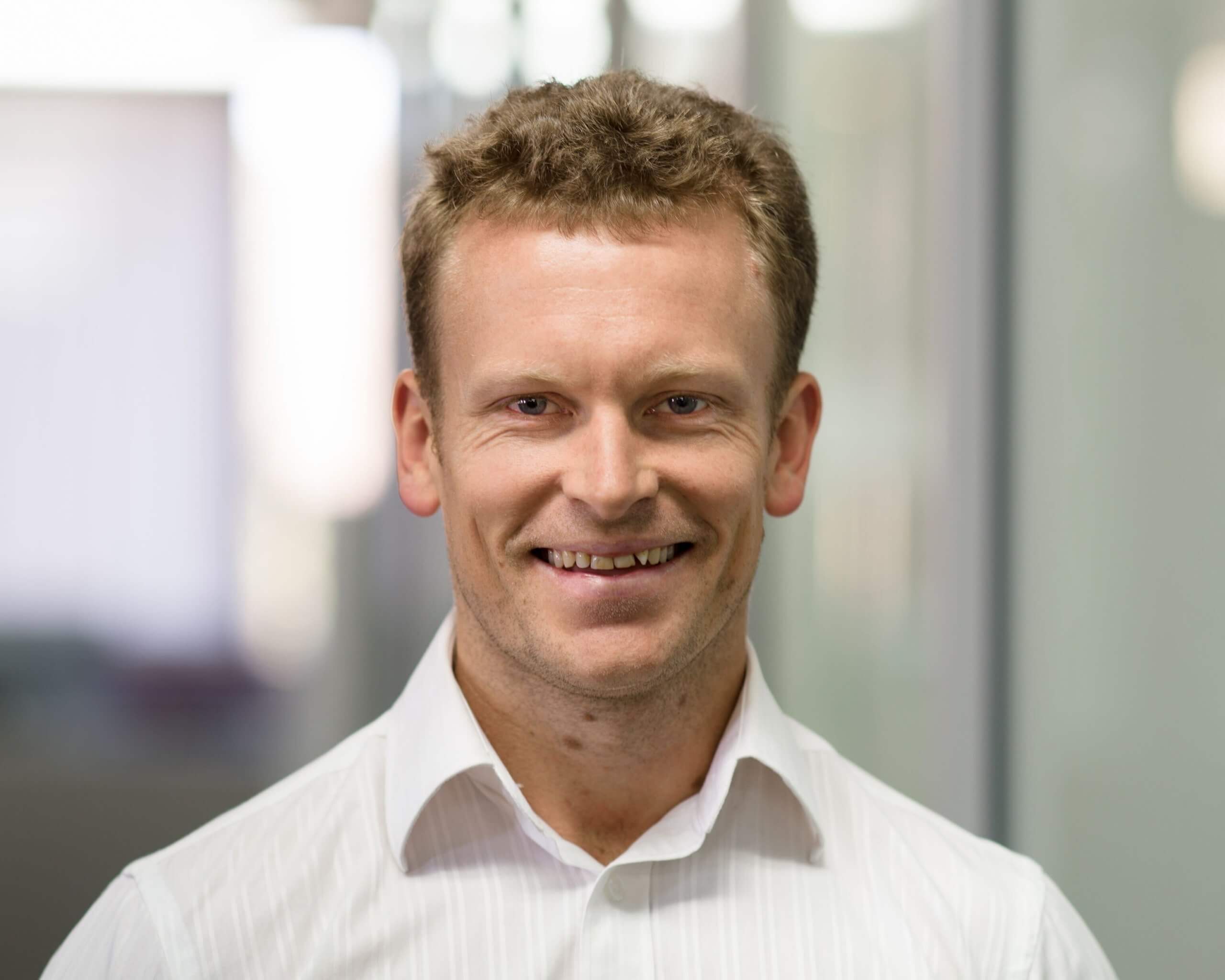Member profile: Heath Raftery, electrical engineer
Heath Raftery is an electrical engineer based out of Newcastle, Australia. Heath started his career in the physical engineering space before pivoting to start his own consultancy. Now, he works as a freelance engineer with the informal team.
Heath has worked on multiple projects with informal, including interfaces on Tarform and design for Blues. Outside of his work life, he can be found with his kids exploring nature, new cultures, and all that the world has to offer.

You’ve got an impressive home workshop! What are the top three tools you can’t live without?
Number one tool is a pen and pad, particularly if it’s grid paper. The mental process is always accelerated and better captured if I have a pen in hand. Apparently this is associated with my background as a mathematician, as mathematicians can only work if they have a pen in their hand. Being able to sketch, take notes, and doodle is really valuable.
I also think a good quality oscilloscope is an invaluable tool because it allows you to see the unseeable. Electronics are kind of mysterious until you put an oscilloscope on them and you can see what’s happening in nanoseconds and millivolts right down at the detail level. That gives you a great awareness once you zoom out of what’s happening beyond that.
And then I think number three is some sort of electronic project management tool. Being able to take digital notes to communicate with stakeholders and being able to communicate block diagrams, status updates, progression through tasks — all that sort of stuff — is very valuable because so much of product development is about maintaining communication channels. It’s all good and well for me to have personal scribbles in my notebook, but having a conduit to the other stakeholders is very valuable.
What’s your favorite project management software?
I feel like I’ve used so many of them that the only takeaway I have is that the tool is less important than the process you wrap around it. I’m currently using ClickUp, but I’ve loved Confluence in the past. I’ve used Mantis, Asana, and just about all of them. They’re all fantastic tools that are entirely useless unless you have a process to take advantage of them.
What challenges and surprises have you found working remotely in hardware?
I think there’s two major challenges in product design. The first is that the bandwidth available when a group of people are standing in front of a whiteboard is unbeatable. There’s this thought that what’s left on the whiteboard is as valuable as the process you took to get there. And I don’t think that’s true. The experience of standing in front of a whiteboard and developing something together and seeing it come together is an extraordinarily rich environment, and I don’t think that can be recreated remotely, so you have to sort of work harder to fill that gap.
The second major challenge is the logistics of shipping prototypes because even though we have wonderful virtualization tools and simulation tools, and lots of things can be done in the digital realm, there’s also no substitute for holding something in your hand and going, “No, this one, I want it over here.” And these things typically aren’t very easy to move around the world. They’re held together by “sticks and snot,” as we say. It can be challenging to move those things in a dynamic fashion.
But, one of the great advantages is that you can draw on expertise regardless of geography. So if someone is available and has experience in some field, they can join causes with your team, which is quite phenomenal. The fact that you don’t have to say, “Well, we’d love to talk to the factory now” or “We’d love to talk to the industrial design person, but we can’t all get together.”
Now we can have those moments where we have those same people in the same virtual room. And it means if you leave your equipment in the wrong lab or the wrong office, you can still share it virtually. I love taking advantage of those tools where you can say, “Let me just bring up that latest design” or “Let me bring up the task register.” We can run it live and we can all see it happen. Being able to share those things digitally is pretty phenomenal.
What’s the greatest lesson you’ve learned from a mistake?
I think the enduring lesson that I’ve learned from big mistakes is that technical mistakes pale in comparison to communication mistakes.
When you beaver away and you’re trying to fix things at your desk and you undertake a path and you don’t share concerns or decisions with other stakeholders, that leads to the biggest blow ups.
When everyone’s doing fantastic work and then at some point you go, “Hey, I’m done,” and the other person says, “Hey, I’m done.” And then you go, “Oh, my God, we’re on different pages. I didn’t know you were doing that.” They’re really hard to recover from. Technical mistakes are relatively easy to recover from. I think that’s the biggest thing I’ve learned from a mistake — communication matters.
We’re always looking for engineers, designers, brand strategists, and writers to join our team. If you’ve got a skill that you think we need, send us a message! We’d love to chat. And of course, if you’ve got a hardware product or product idea you want to bring to market, we have just the experts to help!